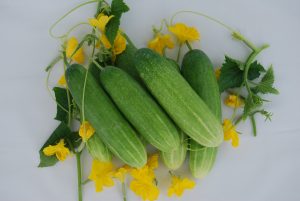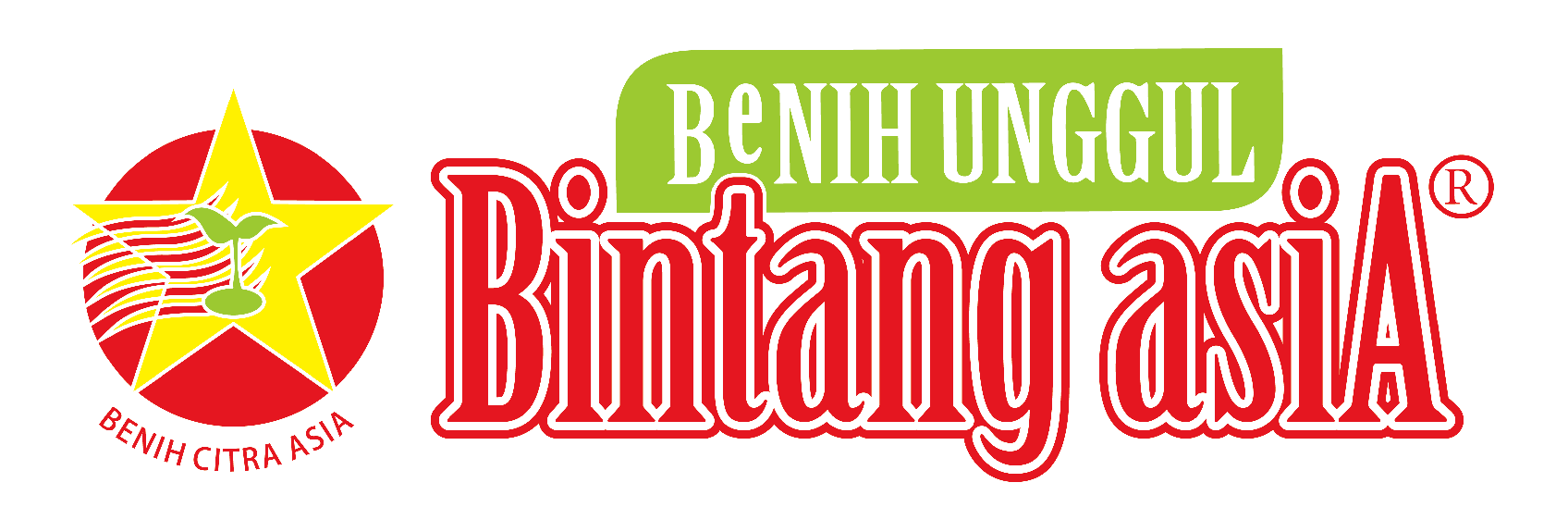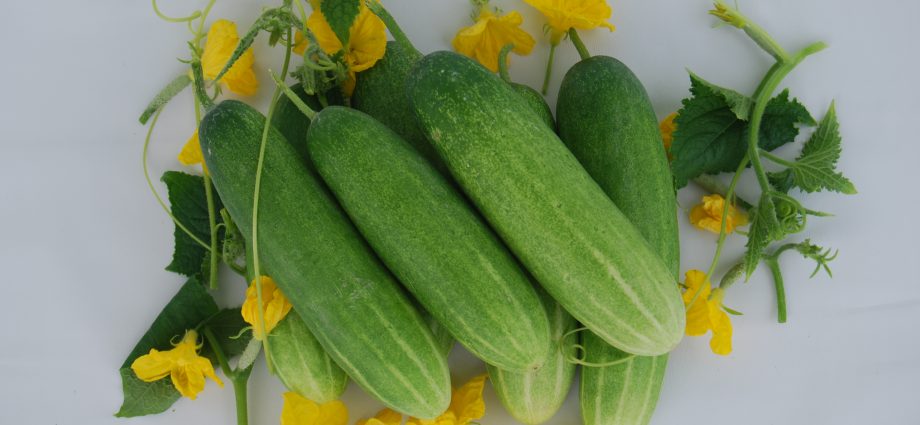Cultivating Cucumber in the best way
Cultivating Cucumber in the best way ,Cultivating Cucumber in the best way,Cultivating Cucumber in the best way,Cultivating Cucumber in the best way,Cultivating Cucumber in the best way,Cultivating Cucumber in the best way.
Cucumber
Cucumber (Cucumis sativus L.), known by other names timun (Java), bonteng (Sunda), belongs to the Cucurbitaceae family. Cucumber uses include fresh cucumbers (choose dark green fruits with long fruit sizes) and pickles (choose bright green fruits with short fruit sizes).

GROWING REQUIREMENTS
Cucumber plants can be cultivated at an altitude of 200-800 m above sea level, with an optimal 400 m above sea level. A suitable soil texture is one with a low clay content with a pH of 6-7.
- Seed Germination
Germination is carried out in a tub measuring 10 cm x 50 cm x 50 cm or depending on needs. The top of the tub is open, while the bottom is given small holes with a diameter of 0.5 cm for water infiltration. Fill the tub with sand (which has been sifted) as high as 7-8 cm. Make a planting groove above the sand with a depth of 1 cm, and the distance between the grooves is 5 cm. The length of the groove is according to tub size. Spread the cucumber seeds in the planting grooves tightly and evenly, then covered them with sand and water until moist. - Nursery
The germinated seeds were transferred to seedling polybags and placed protected from strong sunlight, rain and pests. - Land Processing
The soil is processed and then mixed with manure at a 10-20 ton/ha dose. Beds are made with a width of 100 cm. The length is adjusted to the conditions of the land. The height is 20 cm in the dry season or 30 cm in the rainy season. The distance between beds is 30 cm. - Planting
Seedlings that already have 2-3 true leaves (20-23 days old) are ready to be planted. There are several planting methods:
• Planting in rows with a distance between 30 cm x 40 cm (using single or double propagation), planting holes in the form of grooves.
• Planting in a rectangle with a 90 cm x 60 cm (using a pyramid propagation system).
• Planting in a rectangle with a spacing of 80 cm x 50 cm (using a para-para propagation system). - Fertilization
Fertilizers used: Urea (225 kg/ha), ZA (150 kg/ha), KCl (525 kg/ha), and manure (1.5-2 kg/plant). Fertilization was carried out twice, half the dose before planting and the remaining half when the plant was 30 days old. Fertilizer is placed in 4 fertilizer holes made at a distance of 10-15 cm from the plant’s main stem around the plant. Fertilization holes 30-60 mm in diameter with a depth of 3-4 cm. Fertilization can be done with a drip system if there is a few rainfall. - Maintenance
Mulch should be installed after the cucumber seedlings are transferred to the field (except for seeds sown directly into the production garden). Mulch can be rice straw or silver, black plastic mulch. Propagations should be made 4-5 days after the seeds are planted. The shape of the propagation is chosen by considering the plant’s health, the ease of maintenance, and the ease of obtaining materials for the propagation. Tie using a rope with a smooth surface, but strong and not easy to rot (raffia rope), is done every two segments at the bottom of the trunk knuckles. Perommes carried out on flowers, leaves and water branches. Flower disposal is carried out on flowers that grow to the third segment from the bottom, male flowers, and if there is more than one flower in a book, only one healthy flower is selected to be allowed to grow. Leaf removal is done when the plant is 1.5-2 months old on old leaves near the soil surface. Disposal of water branches, namely shoots or leaf buds that grow in the leaf axils.
Irrigation is vital, especially when cucumber plants are planted during the dry season. Watering is done sufficiently and should be done in the morning. Weeding is done because weeds can be substitute hosts for pests. Besides that, it will create competition in getting nutrients for cucumber plants. Finally, sanitation is carried out by removing diseased plant parts or plants not becoming a disease transmission source.
1. Control of Plant Pest Organisms
Some important pests in cucumbers include:
• Cucumber beetle (Aulacophora sp.). Adult insects and larvae eat cucumber leaves so that the leaves have irregular holes.
• Black-spotted beetle (Henosepilachna sp.). The damage caused by this pest is almost the same as the damage caused by the cucumber beetle.
• Dumping-off disease caused by Pythium sp.
• Cucumber mosaic disease caused by CMV
These are several controls that can be carried out:
• Physically (taking and destroying eggs, larvae, imago pests, as well as plant parts or diseased plants that can be a source of disease inoculum).
• Selective chemical control (physiological and ecological) using suitable pesticides.
• Use of resistant varieties.
Read more : How To Make Cucumber Seeds
The first harvest of cucumbers can be done after the plants are ± 75-85 days old. The harvest period can last 1-1.5 months. Harvesting can be done every day, generally 1-2 pieces/plant each time you pick. Cucumber production reaches 12-300 tons/ha. Cucumber fruit worth picking is fully ripe fruit with uniform colour from tip to tip and achieves the optimal length according to the variety. The fruit that is picked too early will easily wrinkle, while if it is picked too late, the fruit will taste bitter. Picking is done by cutting part of the fruit stalk using pruning shears or a knife. Picking should be done in the morning to keep the fruit fresh because of the slight evaporation.
Cucumbers quickly lose water content after harvest so that the fruit becomes wrinkled and does not last long. Therefore, after harvesting, cucumbers should be stored in a shady place and protected from direct sunlight. If you want to pack the package, it should be given a hole so that air circulation is smooth and placed in a cool place.



please visit our site https://benihcitraasia.co.id/
If you already choose our product , you can contact our customer service at : +62 811-3331-9999
thank you 😊
Your point of view caught my eye and was very interesting. Thanks. I have a question for you.